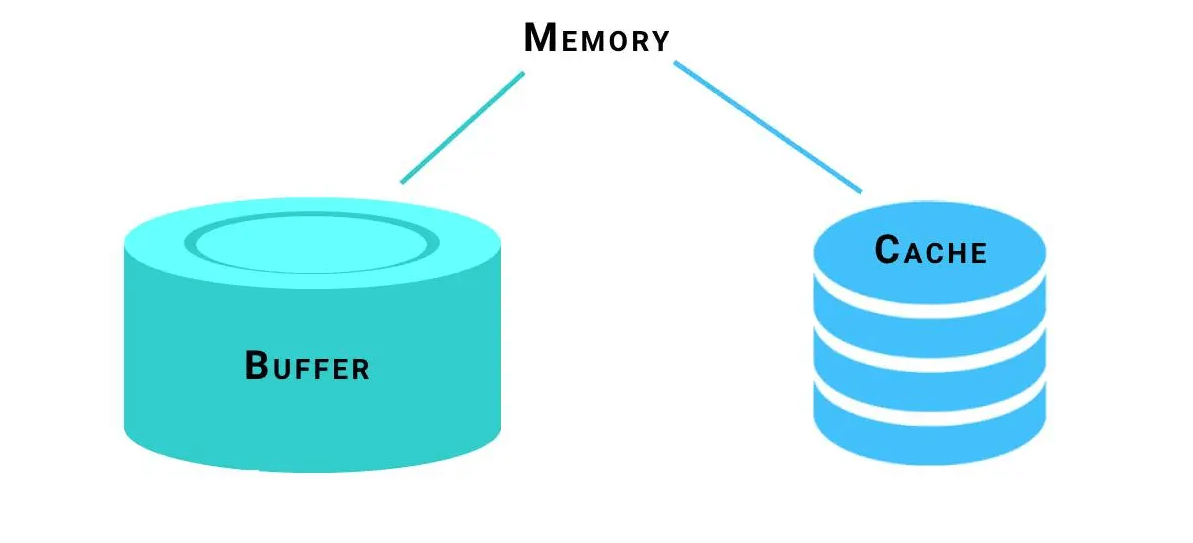In our fast-paced digital world, technology continually advances to make our lives easier. Behind the scenes, buffer memory plays a crucial role in ensuring that both software and hardware run smoothly.
Buffer memory has its roots in the early days of computing when researchers and engineers recognized the need for a temporary storage space to bridge the gap between slow and fast components. Initially, buffer memory was utilized as a way to ease the transitions between various components within computers and later developed into a critical aspect of computer architecture, playing a vital role in the performance and efficiency of modern devices.
What is Buffer Memory?
It refers to the transient storage space designed to retain data during its transfer between two devices operating at distinct processing speeds. The purpose of the buffer is to act as an intermediary, allowing the faster device or system to continue processing while waiting for the slower device to catch up.
Key Benefits of Buffer Memory
- 1. Data Transfer Efficiency: It allows data to be temporarily stored while waiting for the receiving device or process to catch up, ensuring a smoother and more consistent flow of data.
- 2. Latency Reduction: When data is available in the buffer, it can be quickly accessed by the receiving device, minimizing the wait time and improving overall system responsiveness.
- 3. Synchronization: Enables data to be produced and consumed independently, ensuring that neither process is blocked while waiting for the other.
- 4. Error Handling: Provides time for error detection and correction mechanisms to operate before passing the data along, enhancing the reliability of data transmission.
- 5. Load Balancing: Allows data to be distributed more evenly, preventing bottlenecks, and improving overall system performance.
- 6. Caching: Buffer memory can act as a cache, storing frequently accessed data to improve retrieval speeds.
- 7. Transient Data Storage: Buffer memory can hold transient or temporary data that doesn't need to be stored long-term.
Explore GreenTek Solutions' blog to gain a deeper understanding of technology!!

